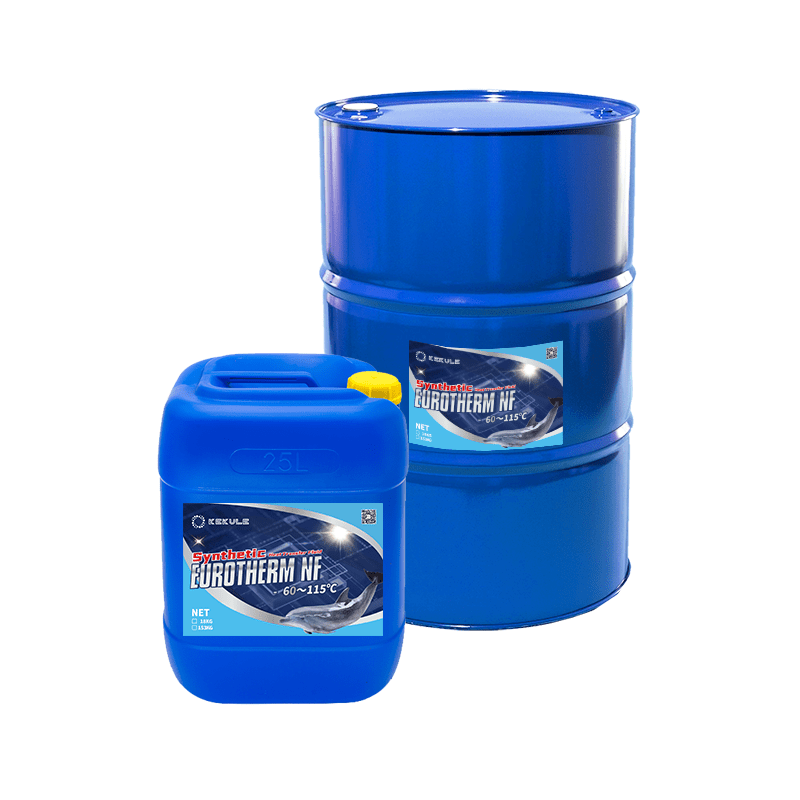What Does Chemie Mean?
All about Chemie
Table of ContentsThe Ultimate Guide To ChemieChemie Things To Know Before You BuySee This Report about ChemieThe Greatest Guide To ChemieChemie Fundamentals ExplainedChemie - The Facts
By Bojanna Shantheyanda, Sreya Dutta, Kevin Coscia and David SchiemerDynalene, Inc. Liquid cooling, which can be accomplished using indirect or straight methods, is utilized in electronics applications having thermal power densities that might surpass secure dissipation with air cooling. Indirect fluid air conditioning is where warmth dissipating digital components are physically divided from the liquid coolant, whereas in case of direct cooling, the components are in direct contact with the coolant.In indirect air conditioning applications the electrical conductivity can be vital if there are leaks and/or spillage of the liquids onto the electronics. In the indirect air conditioning applications where water based fluids with rust inhibitors are normally made use of, the electrical conductivity of the liquid coolant generally depends upon the ion focus in the fluid stream.
The rise in the ion focus in a shut loop liquid stream may happen because of ion seeping from metals and nonmetal elements that the coolant liquid touches with. During operation, the electrical conductivity of the fluid may increase to a level which could be harmful for the air conditioning system.
Chemie - The Facts
(https://blogfreely.net/chemie999/dielectric-coolant-a-game-changer-in-heat-transfer-fluids)They are bead like polymers that can exchanging ions with ions in a remedy that it touches with. In the here and now job, ion leaching tests were performed with numerous metals and polymers in both ultrapure deionized (DI) water, i.e. water which is treated to the highest degree of purity, and low electrical conductive ethylene glycol/water combination, with the gauged adjustment in conductivity reported gradually.
The samples were enabled to equilibrate at area temperature for 2 days before videotaping the first electric conductivity. In all tests reported in this research fluid electrical conductivity was determined to an accuracy of 1% using an Oakton CON 510/CON 6 collection meter which was calibrated prior to each dimension.
A Biased View of Chemie
from the wall heating coils to the facility of the furnace. The PTFE sample containers were put in the heating system when consistent state temperatures were reached. The test configuration was gotten rid of from the heater every 168 hours (seven days), cooled down to room temperature level with the electric conductivity of the fluid determined.
The electric conductivity of the fluid sample was monitored for an overall of 5000 hours (208 days). Schematic of the indirect shut loop cooling experiment set-up. Components utilized in the indirect shut loophole cooling experiment that are in contact with the fluid coolant.

Chemie Can Be Fun For Everyone
During procedure the liquid storage tank temperature level was kept at 34C. The change in liquid electrical conductivity was monitored for 136 hours. The liquid from the system was gathered and stored. Shut loop examination with ion exchange material was lugged out with the exact same cleaning treatments utilized. The first electric conductivity of the 230ml UP-H2O in the system gauged 1.84 S/cm.

0.1 g of Dowex material was contributed to 100g of fluid samples that was absorbed a separate container. The mix was stirred and transform in the electric conductivity at room temperature was measured every hour. The determined change in the electrical conductivity of the UP-H2O and EG-LC test liquids including polymer or steel when engaged for 5,000 hours at 80C is shown Number 3.
The smart Trick of Chemie That Nobody is Talking About
Figure 3. Ion seeping experiment: Calculated change in electric conductivity of water and EG-LC coolants consisting of either polymer or steel examples when immersed for 5,000 hours at 80C. The outcomes indicate that metals added fewer ions into the fluids than plastics in both UP-H2O and EG-LC based coolants. This might be because of a slim steel oxide layer which may serve as an obstacle to ion leaching and cationic diffusion.
Liquids having polypropylene and HDPE showed the lowest electric conductivity changes. This might be due to the brief, rigid, linear chains which are less likely to add ions than longer branched chains with weak intermolecular pressures. Silicone likewise did well in both examination liquids, as polysiloxanes are generally chemically inert as a result of the high bond energy of the silicon-oxygen bond which would certainly stop destruction of the material right into the liquid.
Chemie - Truths
It would be expected that PVC would create comparable results to those of PTFE and HDPE based upon the comparable chemical frameworks of the products, however there might be other impurities present in the PVC, such as plasticizers, that might influence the electric conductivity of the fluid - heat transfer fluid. Furthermore, chloride groups in PVC can also seep right into the test fluid and can cause an increase in electrical conductivity
Polyurethane totally broke down right into the test liquid by the end of 5000 hour examination. Before and after images of steel see this page and polymer samples immersed for 5,000 hours at 80C in the ion leaching experiment.
Measured change in the electrical conductivity of UP-H2O coolant as a feature of time with and without resin cartridge in the closed indirect air conditioning loophole experiment. The determined change in electrical conductivity of the UP-H2O for 136 hours with and without ion exchange resin in the loop is received Number 5.